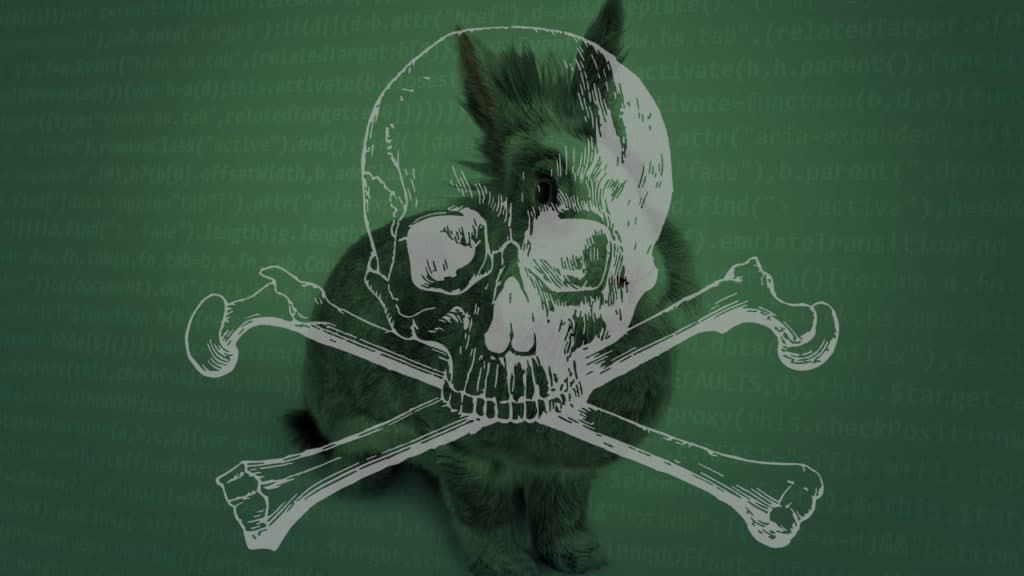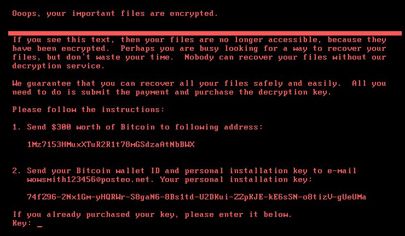It seems that everyone in the cyber security sphere is talking about ransomware these days. Last year, attacks such as WannaCry, NotPetya and BadRabbit took the business world by storm, costing billions in damages. Ransomware is by no means a new threat (it has been around since at least 2005), but it is one of the fastest growing and most costly. Cyber crime is constantly changing, and criminals keep creating news ways to steal money. Ransomware has gotten increasingly sophisticated since 2005, but the people using and deploying it haven’t necessarily – now some cyber criminals are making more money selling high-tech ransomware strains to non-technical criminals than if they were to conduct the attacks themselves. The result is that more and more ‘hackers’ have access to ransomware and need very little technical know-how to operate it, leading to more and more ransomware attacks each year. It may come as a surprise, then, to hear that the FBI received less reports of ransomware attacks in 2017 than in 2016 and 2015, despite the increase in attacks.
New Mass-Ransomware Strain ‘BadRabbit’ Hits Global Companies
In May of this year, the world was shook by a global ransomware attack, the now-infamous WannaCry, which is believed to have affected more than 400,000 machines. It shook the world, crippling business big and small across a wide variety of industries. It utilised a vulnerability in the outdated Windows protocol Server Message Block (SMB) v1, and Microsoft even developed a patch for Windows XP to help defend against it. How could such an attack have caught so many organisations off guard? Well, lack of patching, cited the experts, and lack of security awareness on behalf of their employees. Patch your machines now, train your staff, and you’ll be OK going forward. Then, the following month, it happened again – the world was hit by NotPetya, a ransomware strain believed to have infected a further 250,000 machines around the world. It’s worth noting that both attacks managed to affect PCs in Ireland, and that the second of the two major attacks could have been prevented if these companies had taken appropriate measures following WannaCry.

BadRabbit is the latest in a streak of mass-ransomware attacks this year, and may have been unleashed by the creators of NotPetya
As of this week, yet another strain of mass-ransomware is out in the wild, which has been dubbed BadRabbit. While it doesn’t utilise the same vulnerability as the previous two infections, its modus operandi is very similar in that it relies on both the SMB v1 protocol (which is largely defunct in 2017) and heavy use of social engineering to trick employees into clicking their malicious links. It’s an epidemic, and too few companies are learning the lessons that the cyber and business communities have gleaned from these attacks.
New Global Ransomware ‘Petya’ May Be Deadlier Than WannaCry
Back in May, the world saw a global ransomware attack on a then-unprecedented scale – WannaCry. This cyber attack affected more than 230,000 computers in more than 150 countries, and is estimated to have cost businesses up to $4 billion. To say that businesses were caught off-guard is an understatement, with the malware utilising vulnerabilities in the long-obsolete Windows Server Message Block (SMB) v1 and through computers with out-of-date Windows security patches. It gets onto a network most often through human error – employees clicking phishing emails – then spreads like wildfire to other machines that are connected to the internet.
This week, however, reports came in from Ukraine and across Europe that a new mass-ransomware attack was underway. Initially theorised to have been a variant of WannaCry, cyber security experts now believe it to be a variant of Petya, a strain first seen in 2016 which was then predicted to be “the next step in ransomware evolution”.

Oops, your important files are encrypted. There is currently no known way to recover files affected by Petya.
Honda Forced to Suspend Plant After Fresh WannaCry Outbreak
Japanese carmaker Honda released a statement last Tuesday that it had halted operations in its Sayama, Japan car plant due to a recurrence of the now-infamous WannaCry ransomware. The plant, which has an output of approximately 1000 vehicles per day, was shut down on Monday after Honda discovered the virus had affected networks across Japan, North America, Europe, China and other regions. This was despite attempts by the company to secure its networks against such attacks when the initial WannaCry outbreak occurred back in May.


